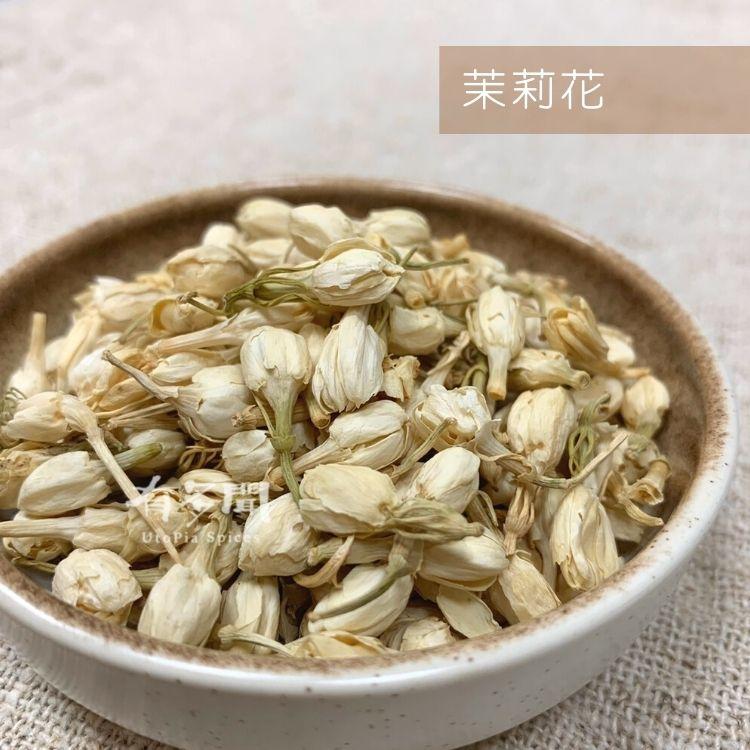
Feature:
Jasmine is a small, white or yellow flower with a typical five-petal shape, with its petals exposed and splayed outward.
Jasmine is a symbol of love and romance in many cultures.
It is widely used in tea and food because of its unique and attractive aroma.
Taste and Smell:
The fragrance of jasmine is its most prominent feature. It has a sweet, romantic and long-lasting aroma.
Taste-wise, jasmine has a hint of sweetness, but this is primarily considered aroma rather than flavor.
Origin:
China
Cooking dishes:
Jasmine Tea: This is the most famous way to use jasmine flowers. Green or white tea is fermented with jasmine flowers, allowing the tea leaves to absorb the fragrance of the flowers. This tea has a light, pleasant jasmine scent.
Jasmine sugar: Jasmine flowers are boiled with sugar to make a syrup that is used in desserts and drinks.
Desserts and Desserts: In some cultures, jasmine is used as a garnish and flavoring for snacks or desserts, giving the food a unique aroma.
**Jasmine is cherished not only for its captivating fragrance, but also for its symbolic significance and multiple uses in tradition. In cooking, it is often used to enhance the flavor of other ingredients or as a garnish to add appeal to a dish.








